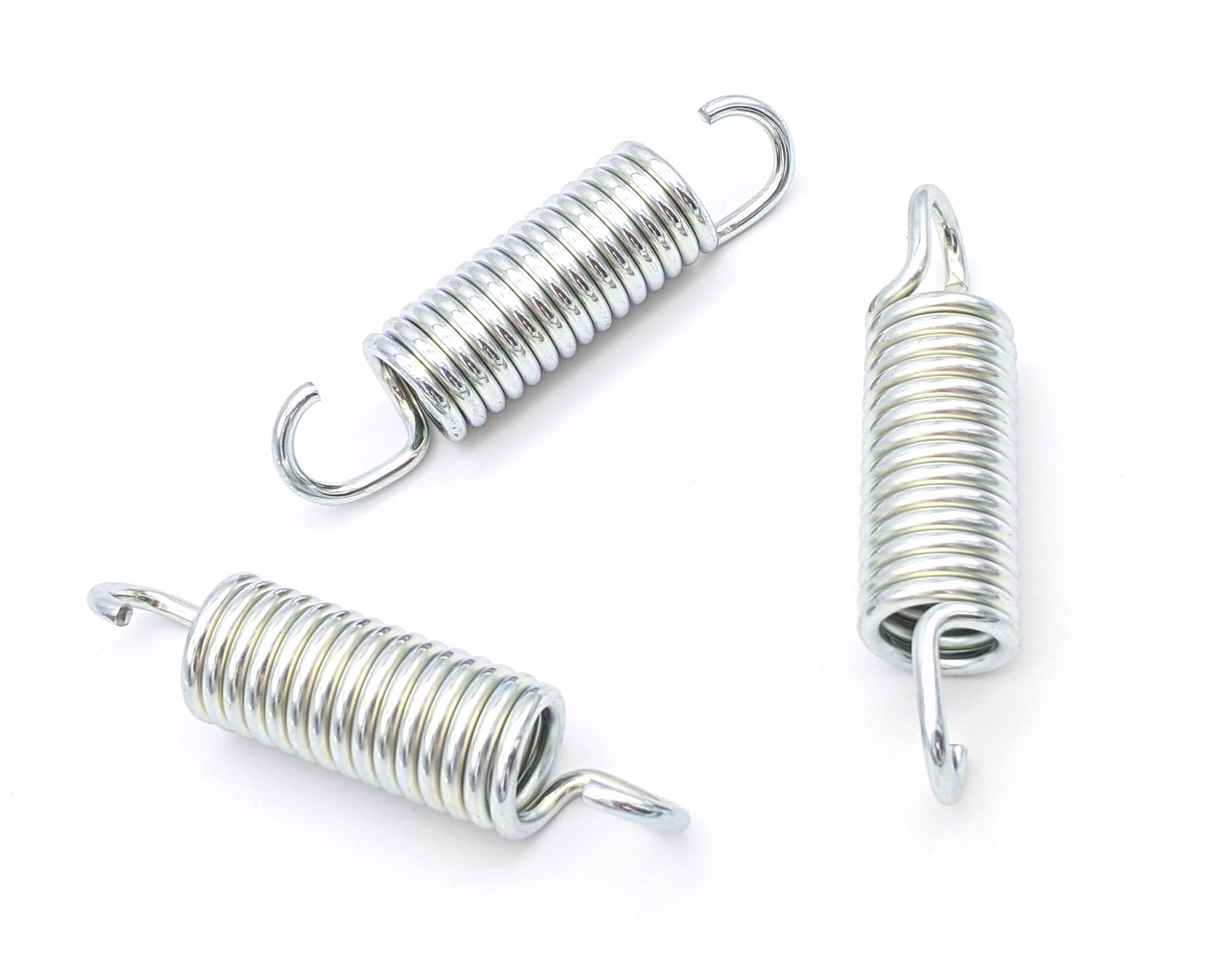Get unique, complex parts easily. No matter your requirements, Chaoyi Spring creates hard-to-produce coil springs and wire forms.
Let us help you create the custom wire form you need, from S-hooks and J-hooks to utility hooks and more.
We work closely with customers across a wide range of industries, helping them design and manufacture made-to-order parts.
Why choose Chaoyi Spring? We prioritize customer-focused collaboration, modern equipment and the latest technology to make your parts per print.
Find the information and guidance you need, from measuring a spring to learning about materials, placing an order and much more.
In the realm of engineering and design, springs are ubiquitous, serving as crucial components in a vast array of applications. From automotive suspension systems to delicate electronic devices, springs provide


In the realm of engineering and design, springs are ubiquitous, serving as crucial components in a vast array of applications. From automotive suspension systems to delicate electronic devices, springs provide the essential force to maintain stability, absorb shock, and enable smooth operation. But what happens when a spring needs to be compressed beyond its natural state? This is where the art of spring compression comes into play, requiring specialized tools and techniques to achieve the desired result while ensuring safety and preserving the integrity of the spring.

Spring compression refers to the process of reducing the length of a spring by applying an external force. This force, typically generated by a compression tool, overcomes the spring's inherent resistance and forces its coils closer together. The amount of compression needed varies depending on the specific application, the spring's characteristics, and the desired outcome.
Compressing a spring is often necessary for various reasons, including:
The type of compression tool required depends on the size, shape, and strength of the spring. Some common tools include:
Spring compression can be a hazardous process, as compressed springs store significant potential energy. It's essential to follow safety precautions to minimize the risk of accidents. Here are some key guidelines:
The specific technique for compressing a spring depends on the tool being used. However, some general principles apply:
To ensure a smooth and successful compression process, consider these tips:
Spring compression is an essential technique in many fields, enabling the efficient assembly, adjustment, and testing of springs. By understanding the process, using the right tools, and following safety precautions, you can master the art of spring compression and ensure the integrity and functionality of your spring-based systems.
From simple hand-operated tools to powerful hydraulic systems, the world of spring compression offers a wide range of options for professionals and enthusiasts alike. By adhering to safety guidelines, employing appropriate techniques, and selecting the right tools, you can confidently tackle spring compression projects with precision and success.
Browse some of the custom wire forms and springs that we manufacture. Don’t see what you need? We specialize in made-to-order products that meet your application requirements.
Visit Our GalleryNeed a custom wire form or coil spring? We make it work. Fill out the contact form and a representative will respond within 1 business day. If you have a PDF or CAD file, you can submit to request a quote.